Blockchain unchained: Explaining the concept of blockchain technology.
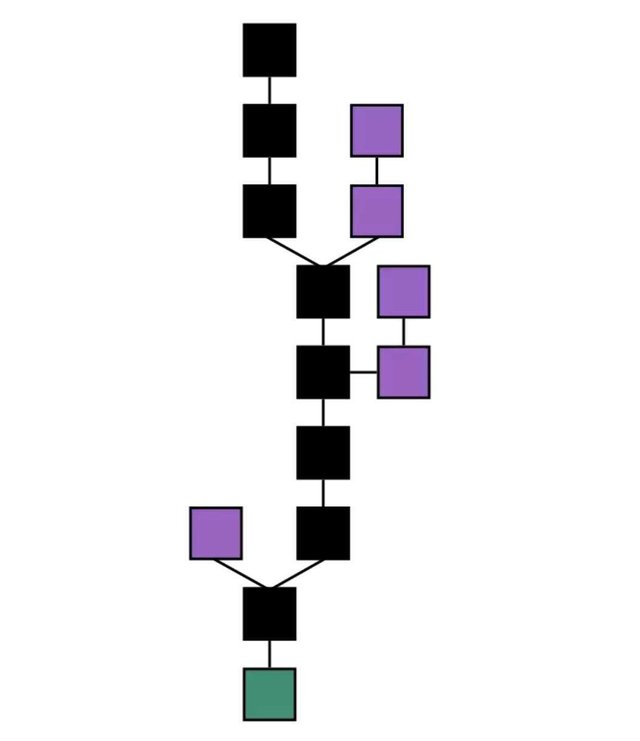
sketch of a blockchain system. Credit: wikimedia CC3.0 license.
[How the blockchain is changing money and business~youtube All unreferenced pictures were culled from the YouTube video from the third reference.
A copy of a mail can be sent across to millions of people over thousands of locations while the sender keeps the original copy of the mail he dispersed, many other documents can also be dispersed in a similar fashion, recent text-based communication system has added features which enables the sender to edit his messages after sending them to the recipients, this can be seen in popular text-communication applications such as discord and telegram while a sender can also completely delete already sent information any moment he wishes, hence total control is given to the original sender and information could be back dated and modified or manipulated depending on the nature of the change, awesome! That’s what anyone would say on a shallow and rapid thought.
However these above cases wouldn’t be much of an issue in mere transfer of less than sensitive information and storage of conversations whose manipulation will cause bearable losses. But, in transfer of funds and rewards, it’s totally impossible that ‘copies’ of a 100$ note could be sent to several people, or one gift box be sent to several people, and as such the sender can only gives it out totally and keeps no copy of this cash or rewards. Issues of security and originality becomes a matter of importance as manipulation of stored information pertaining such transactions would lead to enormous loss to either parties involved in the transaction.
Attempts on solving the issues of security, trust and speed in the processing of crucial and confidential transactions have led to the introduction of many methods of transaction and recordings which includes the involvement of a middleman which is an unbiased foreign intermediary who/which observes the course of the exchanges, takes records and sometimes performs the actual transfer. A middleman could be just one individual or a whole organisation such as Western union, Money gram to mention a few. These organisation are considered incorruptible and neutral to both parties and ensures that no fraudulent acts from either parties ruins the transaction. They also charge a certain percentage in fees, this is termed Transaction fees
However, difficulties still arose in terms of speed of transaction as sending funds via middlemen such as western union could take over a month to get to the recipient and no specific date is assured. Transaction fees also spiked and the sender may have to pay over 10% of the asset he wishes to transfer via the middleman. Issues of security still lingered on as these middleman grew negatively and are sometimes not trust worthy, information also got manipulated, thus the goals of this ideas gets defeated.
Stuart Haber and Scott Stornetta in 1991 introduced the idea of storing information in blocks, these block are made rigid and hence information stored in these cryptographic block cannot be tampered with, the block could hold enormous amount of information which are impossible to be edited or manipulated, thus the birth of Blockchain technology.
The world’s economy witnessed an enormous backslide in the year 2008 as cases of wealth creation and security of funds in financial transactions became a huge problem, just then, an individual or probably a group of individuals whose identity / identities has remained a mystery till date released a white paper where the introduction of a cryptographic currency known as BITCOIN was made, this currency marked a very great deviation from the normal definition of currency as the production of this currency is controlled by the people and no government agency controls the production or transactions involving this currency, the currency was dubbed to ‘give power to the people’.
The most eye catching part of this white paper is the ease of transaction and the enormous security in transaction which it promises as transactions with these currencies is going to run on Blockchain technology!, the advent of bitcoin brought idea of blockchain technology into limelight and to most people, blockchain is a term strictly associated with cryptocurrency transactions, this is actually a very narrow perception of the blockchain system as this has a wider application than just processing of cryptocurrency transfers.
Unchaining the Blocks
The blockchain is plainly a ‘chain of blocks’, Blocks are permanent stores of uneditable data/information , these includes information such as agreements between the parties in the transactions, the name of the sender, name of the recipient and the amount transacted, a block could store just any information, in cryptocurrency transactions which is the most popular context of blockchain application, a block holds records of all recent transaction, however, for a new information to be stored, a new block must be created which has a reference to the previous block as information cannot be added to the previous blocks and it’s information cannot be edited, to store a new information, a new block must be created: Each block contains:
Data
As already mentioned, these data could be records of transactions, proof of payment and timings of the transaction performed, in an enhanced use, off the shores of cryptocurrency, a block could hold just any information, ranging from a highly confidential document transfer to everyday information such as as when you left your living room for the club… lol. The data stored in a block depends on the nature of the blockchain.
A Hash
A hash could be described as the finger print of a block, it is a cryptographic code which defines a block, every block has a a hash which unique to the block and even identical blocks have different hashes just as identical twins have different finger prints, the hash identifies the block and all information or contains; to change the data / information in a block, the hash must be changed, however, a change in the hash of the block makes a different block and as such a new totally block is created instead of the previous being edited, which means that the goal of the intended manipulation is defeated.
Hash of the previous block
A new block contains the hash of it’s preceding block, this creates the chain in the blockchain as this links the succeeding and preceding blocks, the hash of the block and every preceding and succeeding blocks must be changed before any change could be made to the data stored in a blockchain, if not, the chain becomes invalid, this makes it impossible to back-date and make changes to a blockchain.
Unfortunately, an experienced user could change the hashes of the blocks and recalculate it within a short while, and hence can make changes to the blockchain, this led to the introduction of proof-of -work, the concept of proof-of-work was introduced to slow down the time required for new blocks to be created, different blockchains have different proof-of-work and hence different rates of block production, the bitcoin adds one block every ten minutes, and this increases the security as one needs to recalculate not only the hashes but also the proof of work before any change could be made to the blockchain, the blockchain is also distributed to wide range of people via a peer-to-peer network and any block created by each member of this network is validated and distributed to other members of the network, and thus the new blocks are examined by a number of people before it is added to the chain.
The blockchain technology could inspire a new era in data storage
From 2008 to 2017, the bitcoin database have increased to about 100GB of data, all stores on the bitcoin blockchain, with the amazing security and transparent system of storage system, the blockchain has a very much larger application than just a frame of transaction storage for financial transactions over cryptocurrency markets, the concept of blockchain storage system can be applied in storage of medical records, records of taxation and governmental revenue generation, students' school records, the blockchain brings an end to the problems of transactions such as:
Fraud and middlemen: With the ease of transfer of funds, rewards and data over the blockchain, the need for a middleman in financial transactions is optional as transactions can go on smoothly without any third party interfering either to ensure security or perform the actual transfer by receiving the funds from the sender and transferring it to the recipient as seen in the fund wire using Moneygram and western union.
Faster transactions, cheaper transaction fee: The steem blockchain doesn’t place any transaction fees for transfer of fund, the bitcoin blockchain might charge a little transaction fees, but this is in no way comparable to fees one has to pay while sending funds via the present fund transfer means, especially when it involves international transactions, these funds might take couple of days to reach the recipient, but the blockchain can perform this transaction within few minutes, steem blockchain could transfer a million dollars worth of tokens in just thirty seconds.
Power to the people: Yeah, that’s right, the cryptocurrency blockchain gives the power of currency production to the people instead of government agencies and the people can control wealth production and value without the government interference, while this also comes with its disadvantages, the fact that more people are controlling the funds production also ensures that corrupt practices are detected and handled on time, payment methods can also be influenced by the people and mutuality I’m financial transactions can be achieved.
References
If you write STEM (Science, Technology, Engineering, and Mathematics) related posts, consider joining #steemSTEM on steemit chat or discord here. If you are from Nigeria, you may want to include the #stemng tag in your post. You can visit this blog by @stemng for more details. You can also check this blog post by @steemstem here and this guidelines here for help on how to be a member of @steemstem. Please also check this blog post from @steemstem on proper use of images devoid of copyright issues here.
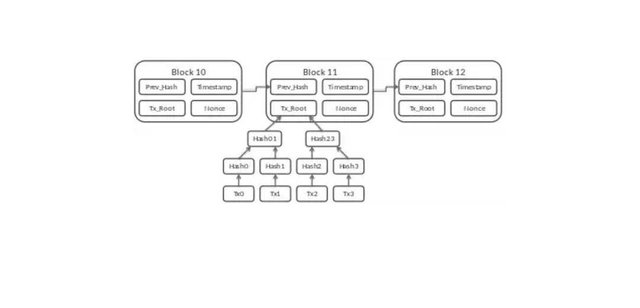
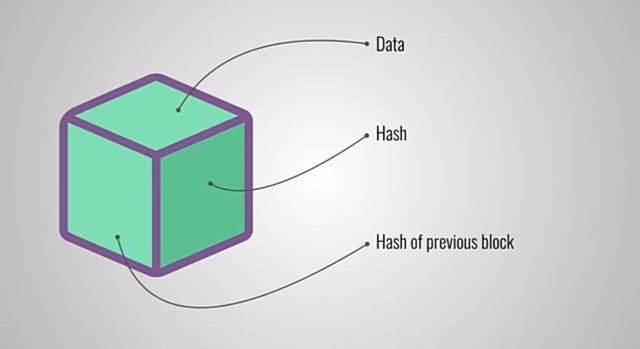
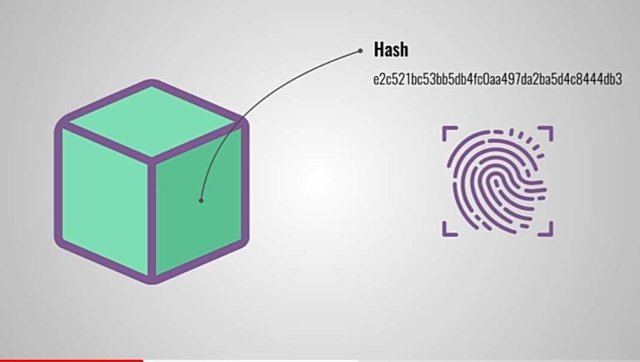
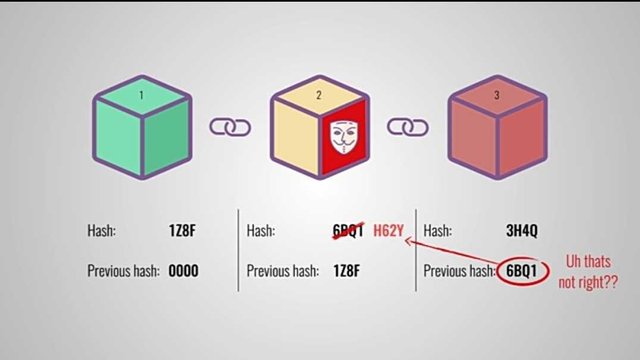
It is highly recommended to give credit to the youtube user/ account, from where you snapshotted the images.
The link to the youtube page was included among my references, it's the third reference over there, thanks for checking out, the reference have been indicated
I saw it. Crediting the youtube channel would be a nice thing to do, rather than hiding it in the link. Anyway, its upto you.
I have indicated it, the link appears as an uploaded video on the preview, And I wasn't cool with the outlook
I dont see it. And regarding your 5th image another snapshot from that particular video, you have mentioned this:
How you know it is CC ver 3.0 image? First of all this image is from the youtube channel. By default the license is standard youtube license unless the youtuber changes its.
I have no time to argue to you. I am just here because I saw some minor issues. Best of luck.
I indicated here, I wasn't arguing with you just trying to make things clearer, I followed your corrections and made the changes, I guess you got me wrong
Did you read my comment properly?
I already deleted that as it was just a left over from the html framework I use, the other two didn't have that and they are from same source, thanks a lot
Hello! I find your post valuable for the wafrica community! Thanks for the great post! We encourage and support quality contents and projects from the West African region.
Do you have a suggestion, concern or want to appear as a guest author on WAfrica, join our discord server and discuss with a member of our curation team.
Don't forget to join us every Sunday by 20:30GMT for our Sunday WAFRO party on our discord channel. Thank you.
Congratulations @joelagbo! You have completed the following achievement on the Steem blockchain and have been rewarded with new badge(s) :
Click here to view your Board of Honor
If you no longer want to receive notifications, reply to this comment with the word
STOPDo not miss the last post from @steemitboard:
This post has been voted on by the SteemSTEM curation team and voting trail in collaboration with @curie.
If you appreciate the work we are doing then consider voting both projects for witness by selecting stem.witness and curie!
For additional information please join us on the SteemSTEM discord and to get to know the rest of the community!
good post Joel
and good to see you on the DCR channels - some posts about blockchain forks and governance might be of interest